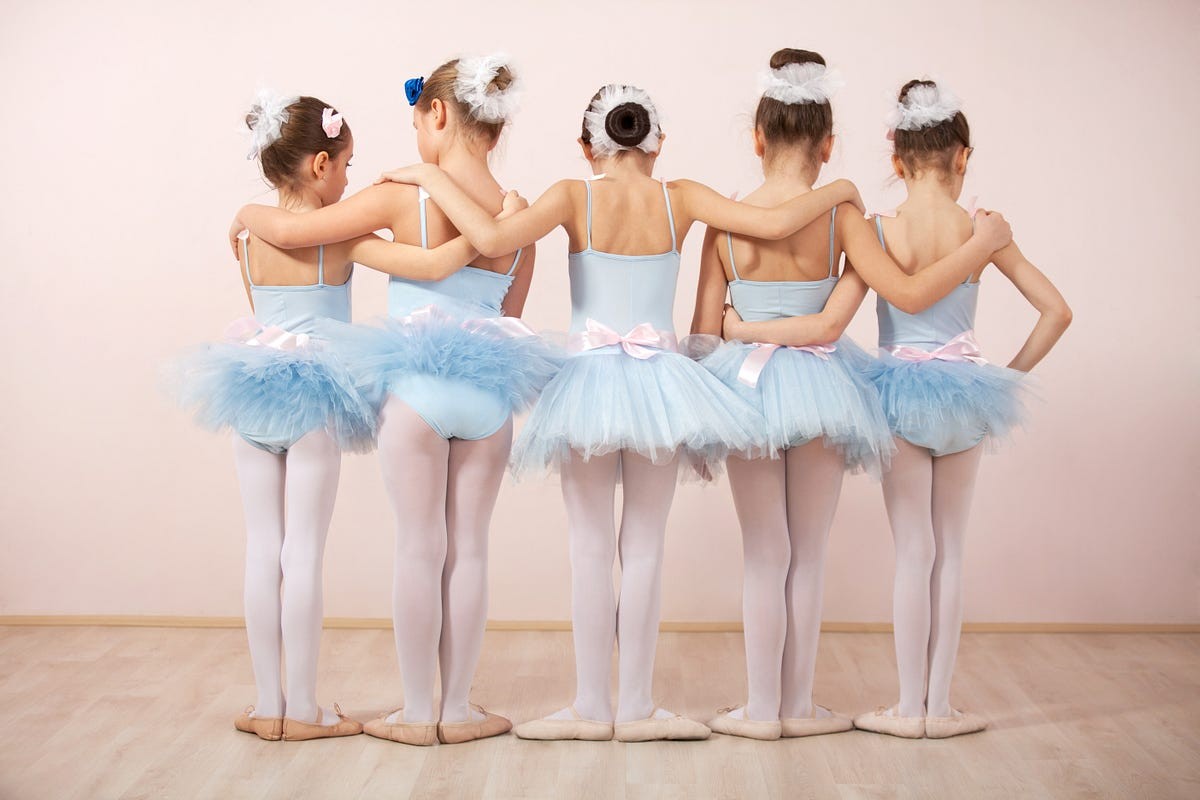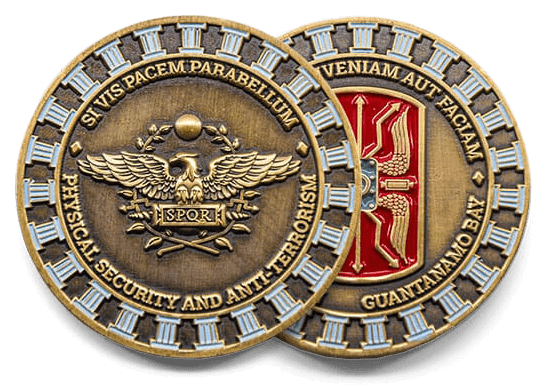Ballet is a fascinating and disciplined creative form that requires distinguishing attire to ensure comfort, security, and freedom of campaign. For parents new to the globe of ballet, understanding what your youngster needs may be overwhelming.
This Parent’s Guide to Ballet Attire will help you navigate the essentials of dance attire, ensuring your young ballerina is well-prepared for their classes.
The Basics of Ballet Attire
· Leotards
Leotards are the foundation of ballet attire. They are form-fitting robes that allow instructors to visualize the dancer’s posture and adjustment. When choosing a leotard
Material
Opt for breathable fabrics like Understand or Lycra.
Color
Many schools have specific color necessities, often established by the dancer’s level.
Fit
Ensure it fits luxuriously without restricting evolution.
· Tights
Tights are worn under the leotard and provide supplementary support and coverage. They should be
Durable
Look for high-quality matters that withstand frequent washing.
Color
Typically pink or flesh-toned, but add up to your dance school for distinguishing guidelines.
Footed or Convertible
Footed hosiery covers the entire foundation, while convertible tights have an opening fundamentally, enabling dancers to switch between barefoot and add.
· Ballet Slippers
Ballet slippers are essential for keeping the feet and providing plenty of grip and flexibility. Consider the following when buying
Material
Leather is durable, while canvas is more breathable.
Fit
Slippers should fit luxuriously without pinching the toes.
Sole
Full soles offer more support for beginners, while split soles compensate for greater adaptability.
Additional Ballet Attire
· Skirts and Tutus
While not always necessary, skirts and tutus can add a piece of fun and taste to ballet classes. If admitted
Length
Ensure the skirt is not too long to prevent tripping.
Style
Simple wrap skirts are frequently preferred for practice.
· Warm-Up Gear
Keeping muscles warm is crucial to avoid injury. Consider these alternatives
Leg Warmers
Help keep calves and ankles warm.
Wrap Sweaters
Provide warmth without restricting drive.
Hair and Accessories
· Hair
Hair should be tidily secured to avoid distractions and claim a clear line of sight for instructors. The classic ballet pastry is the most accepted style
Tools
Use hairpins, a hairnet, and hairspray for a secure hold.
Style
Ensure the bun is close and positioned at the sovereignty of the head.
· Accessories
While accessories bear is minimal, a few items are essential
Dance Bag
A dedicated bag for winning ballet attire and accessories.
Water Bottle
Staying hydrated is essential during practice.
Tips for Parents
· Check with the School
Always ratify attire requirements accompanying your child’s ballet school to guarantee compliance accompanying their dress code.
· Invest in Quality
High-quality attire may be more expensive originally but will last longer and support better support.
· Label Everything
With many children in a class, branding your child’s belongings can prevent join-ups.
Conclusion
Equipping your minor with the right ballet attire is an important become involved in their dance journey.
By understanding the basics and following the guidelines given by their ballet school, you can ensure your young ballet dancer is comfortable, certain, and ready to perform. With the right attire, your child can focus on knowledge and enjoy the creativity of ballet.




